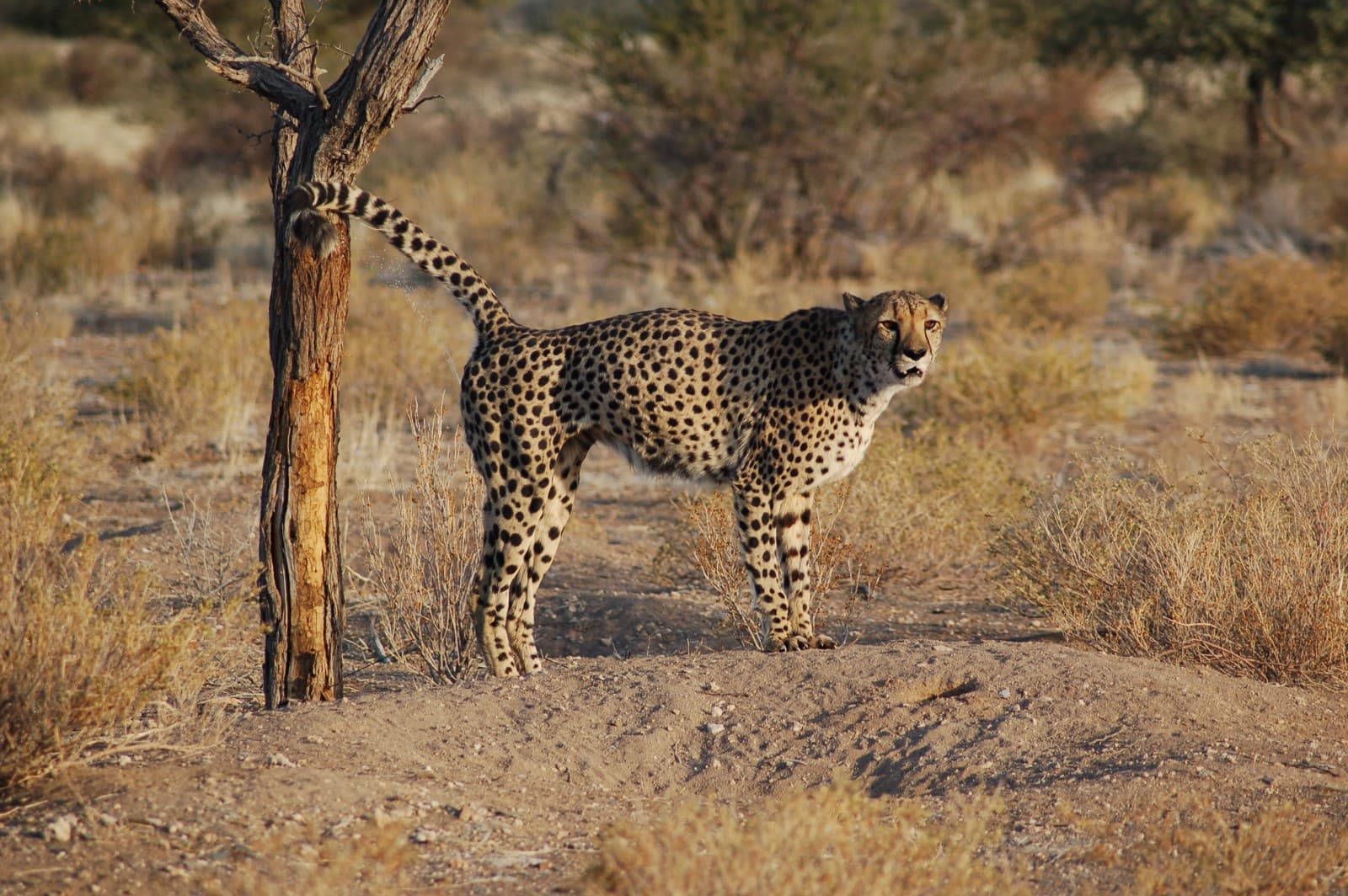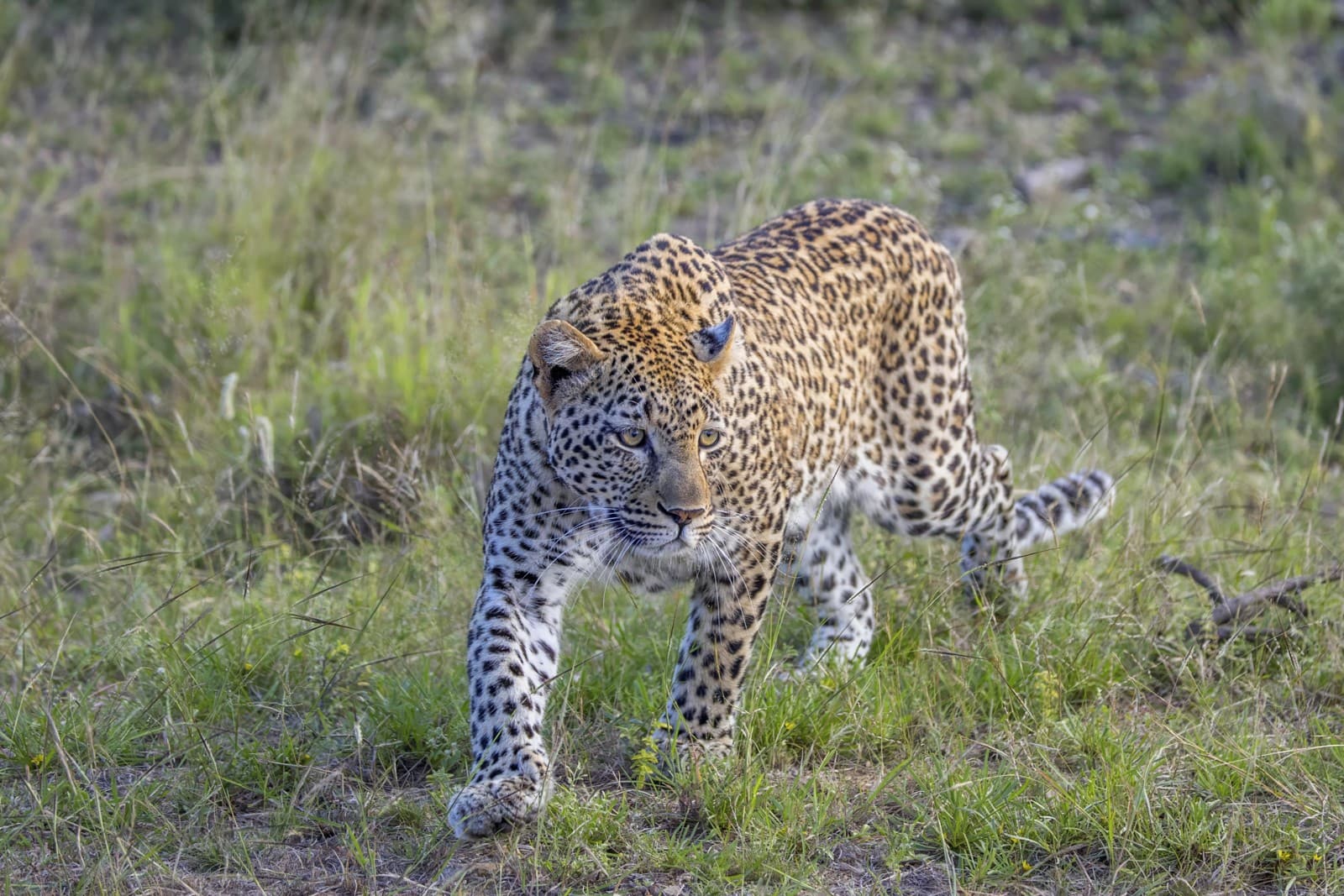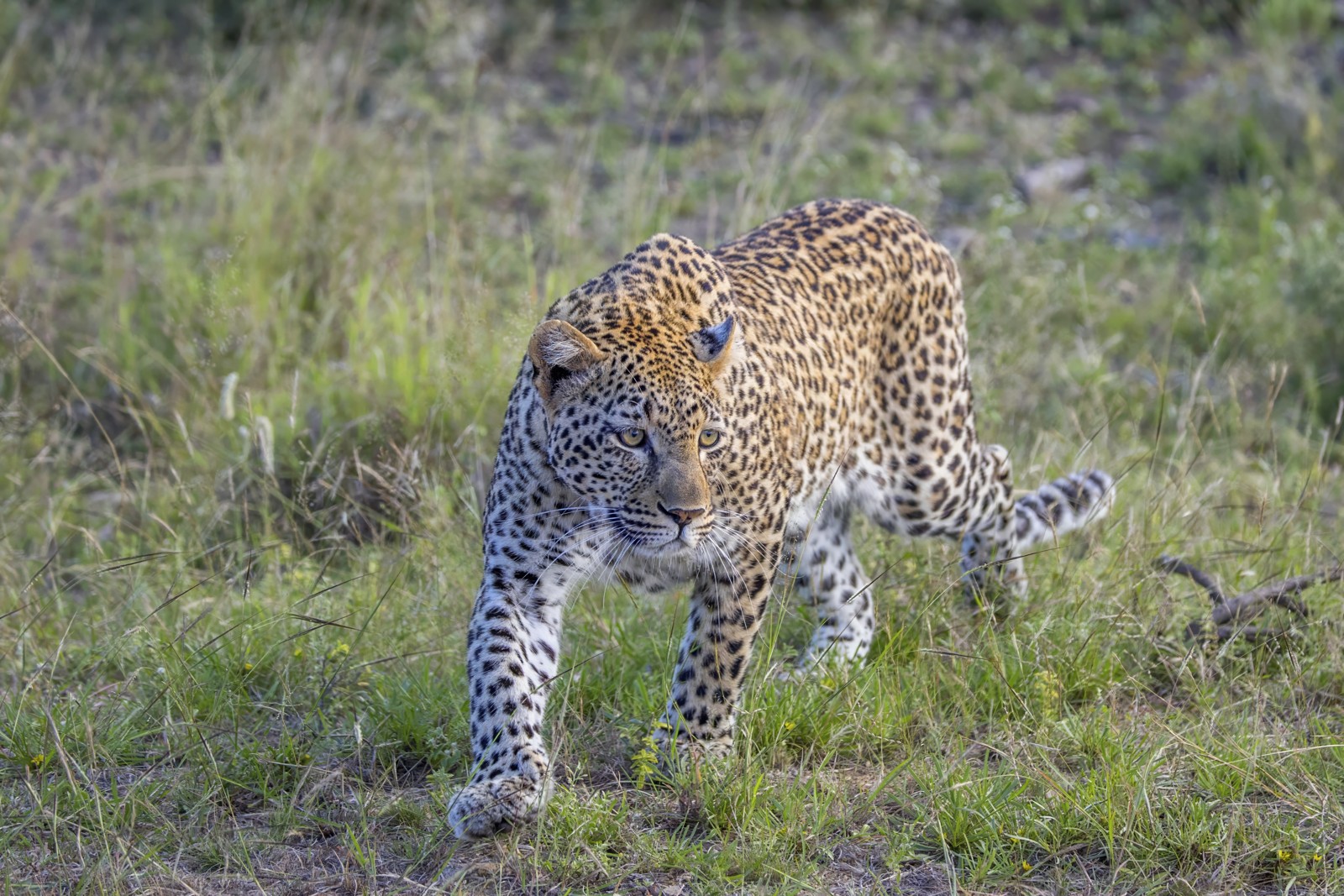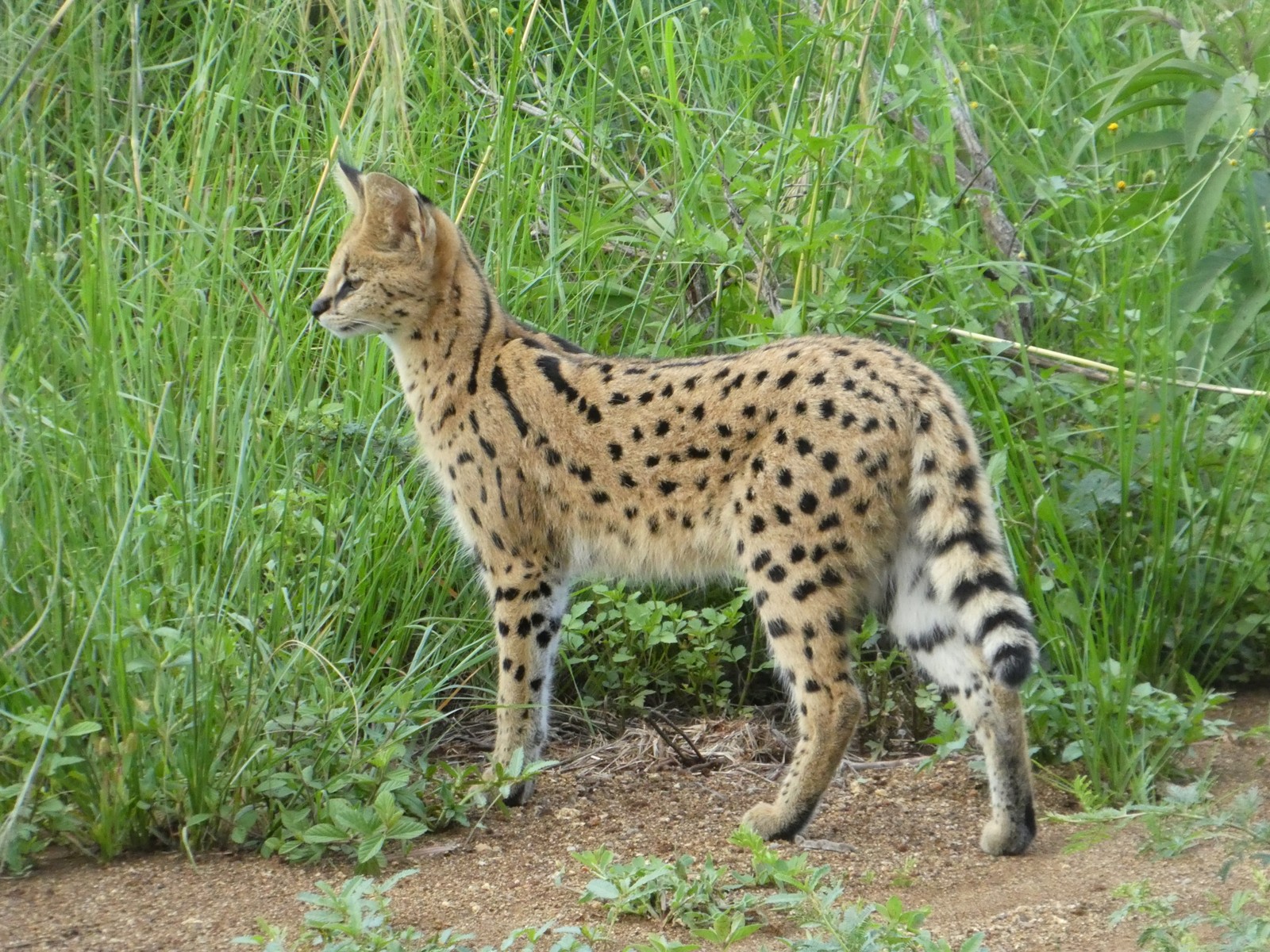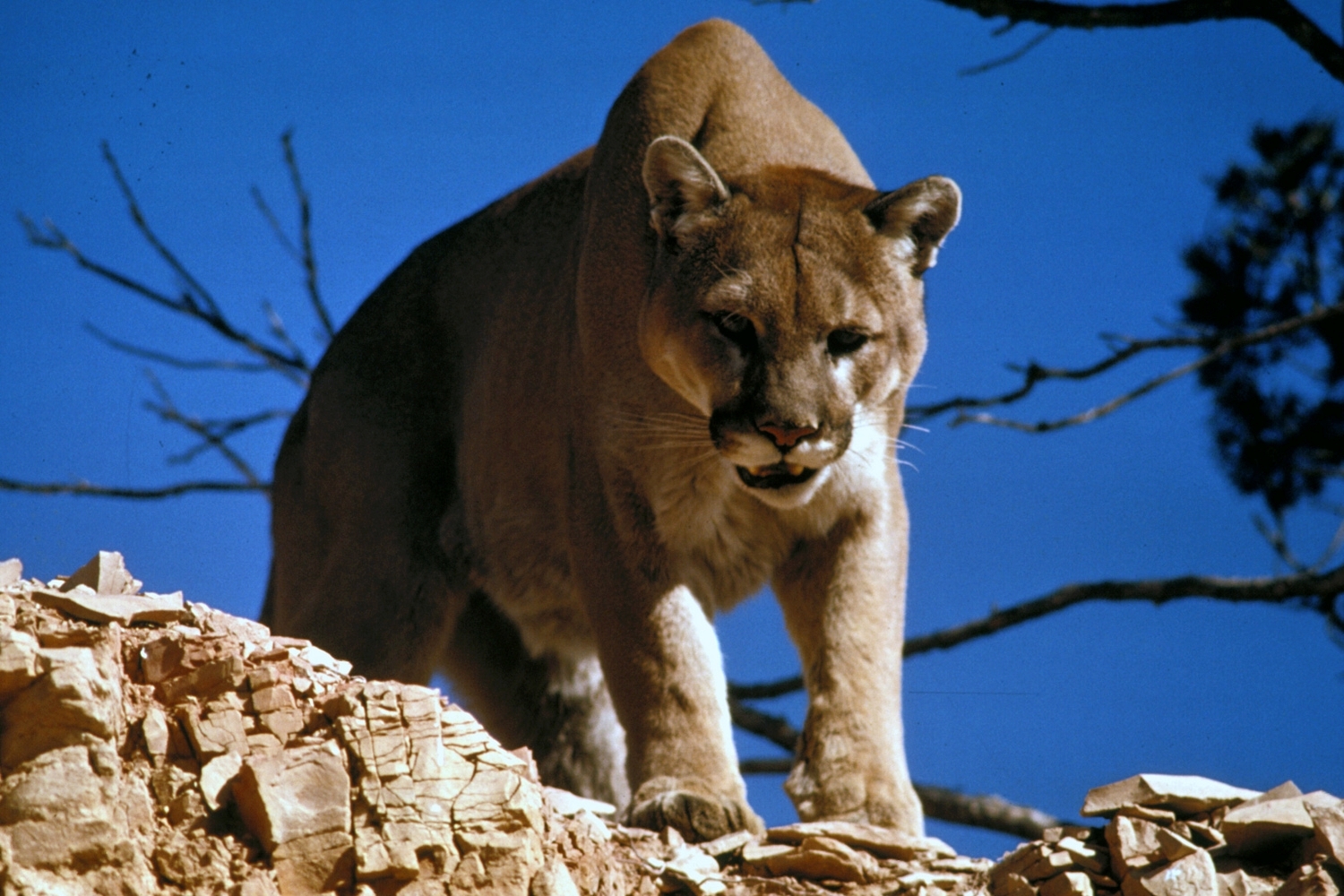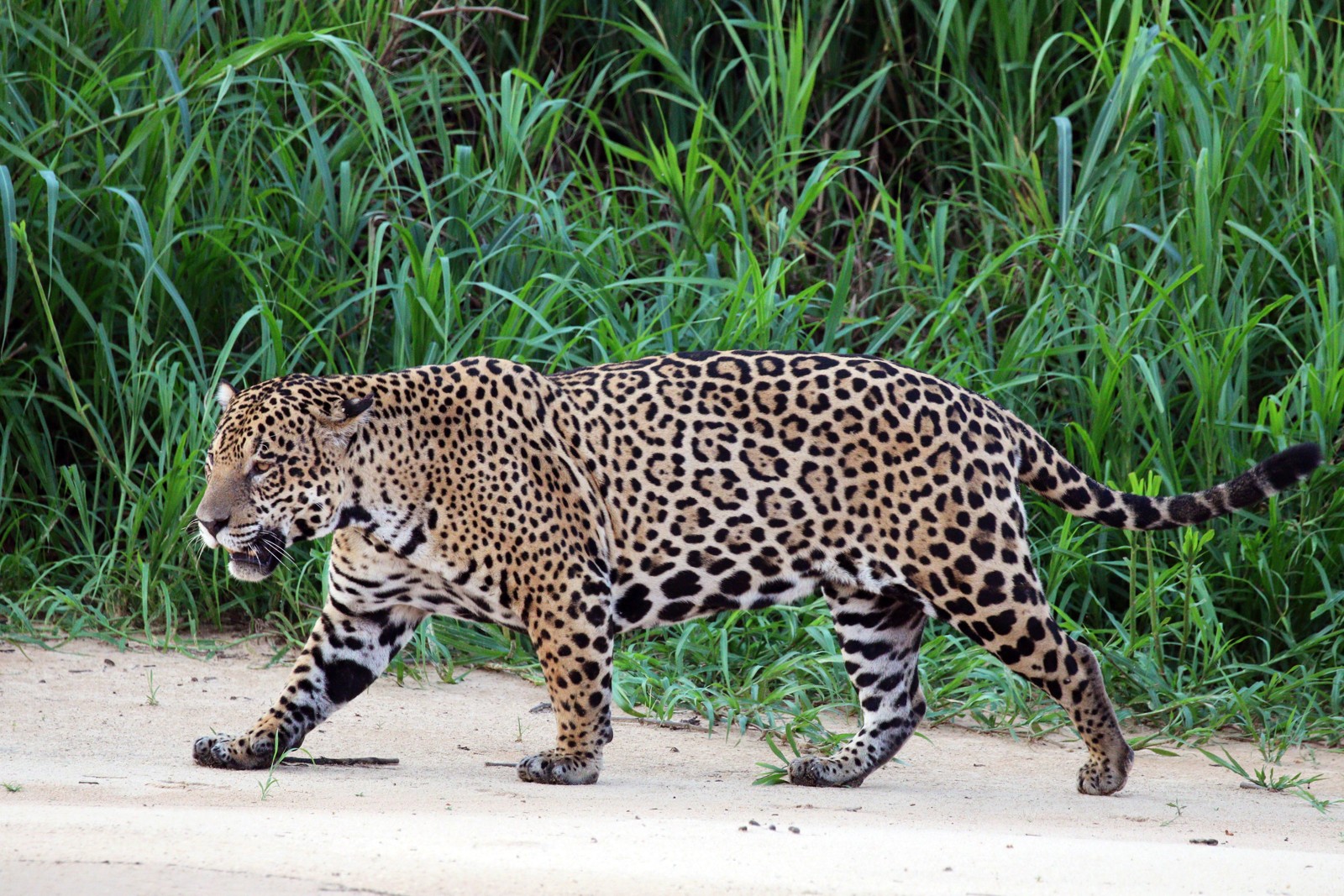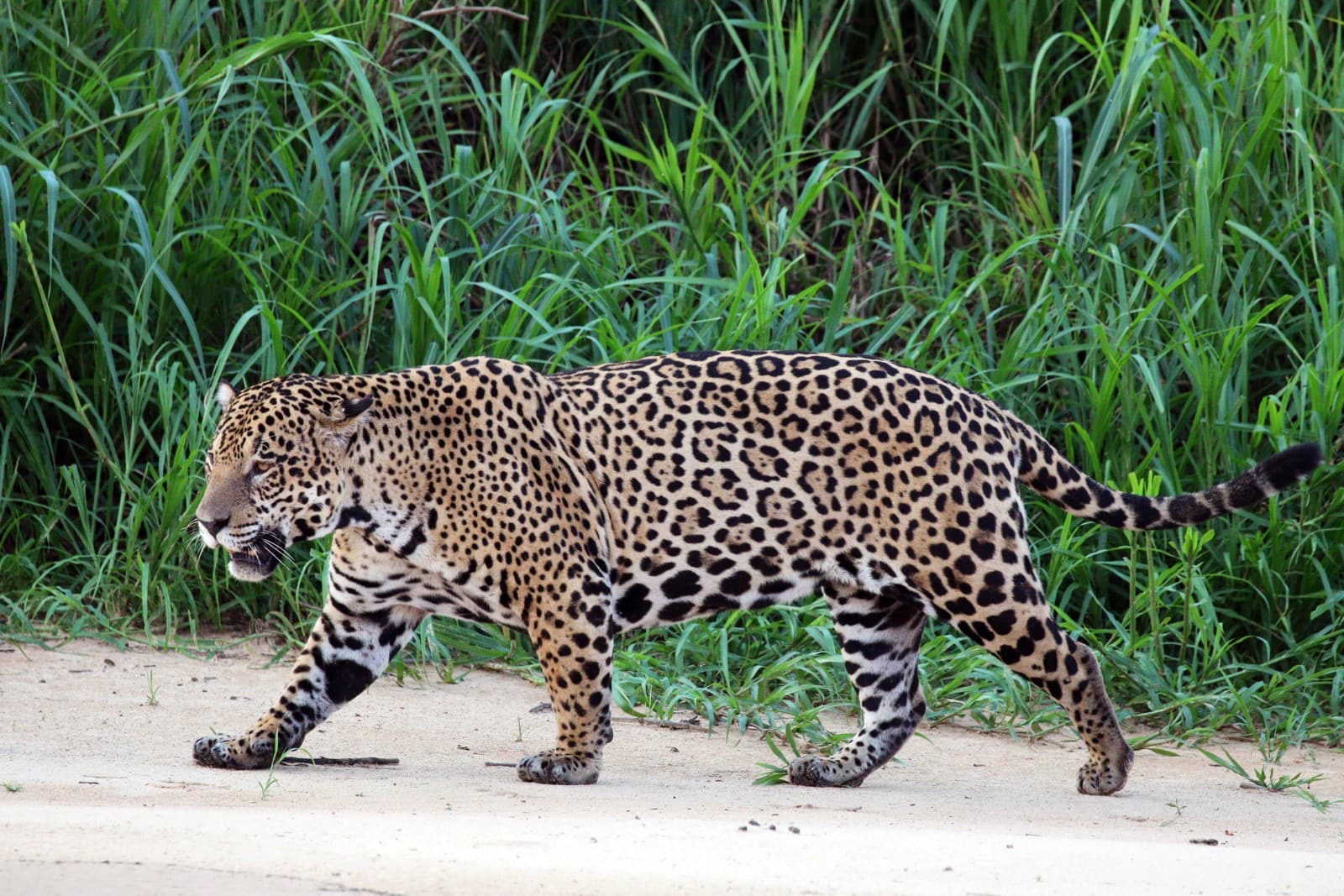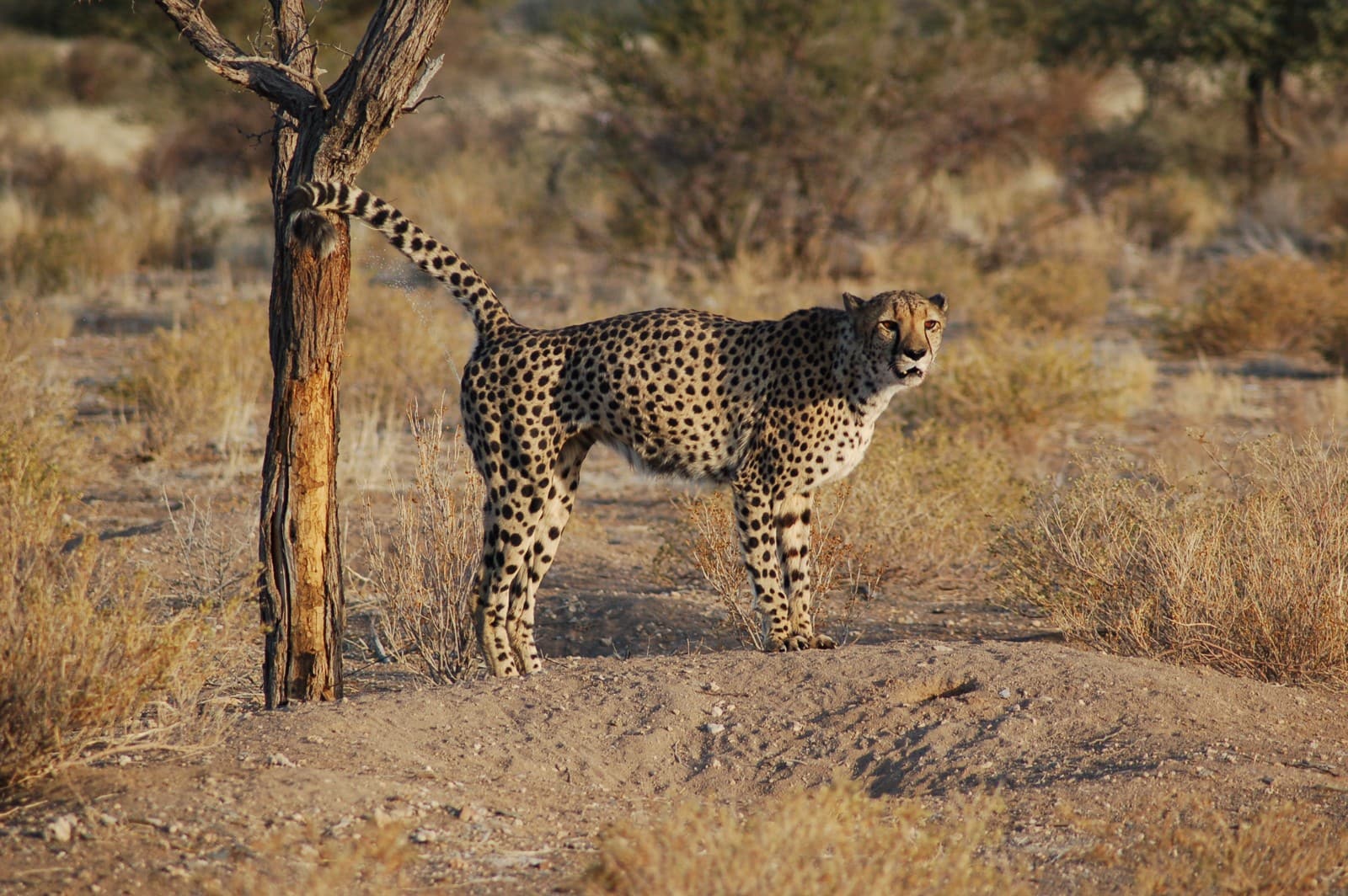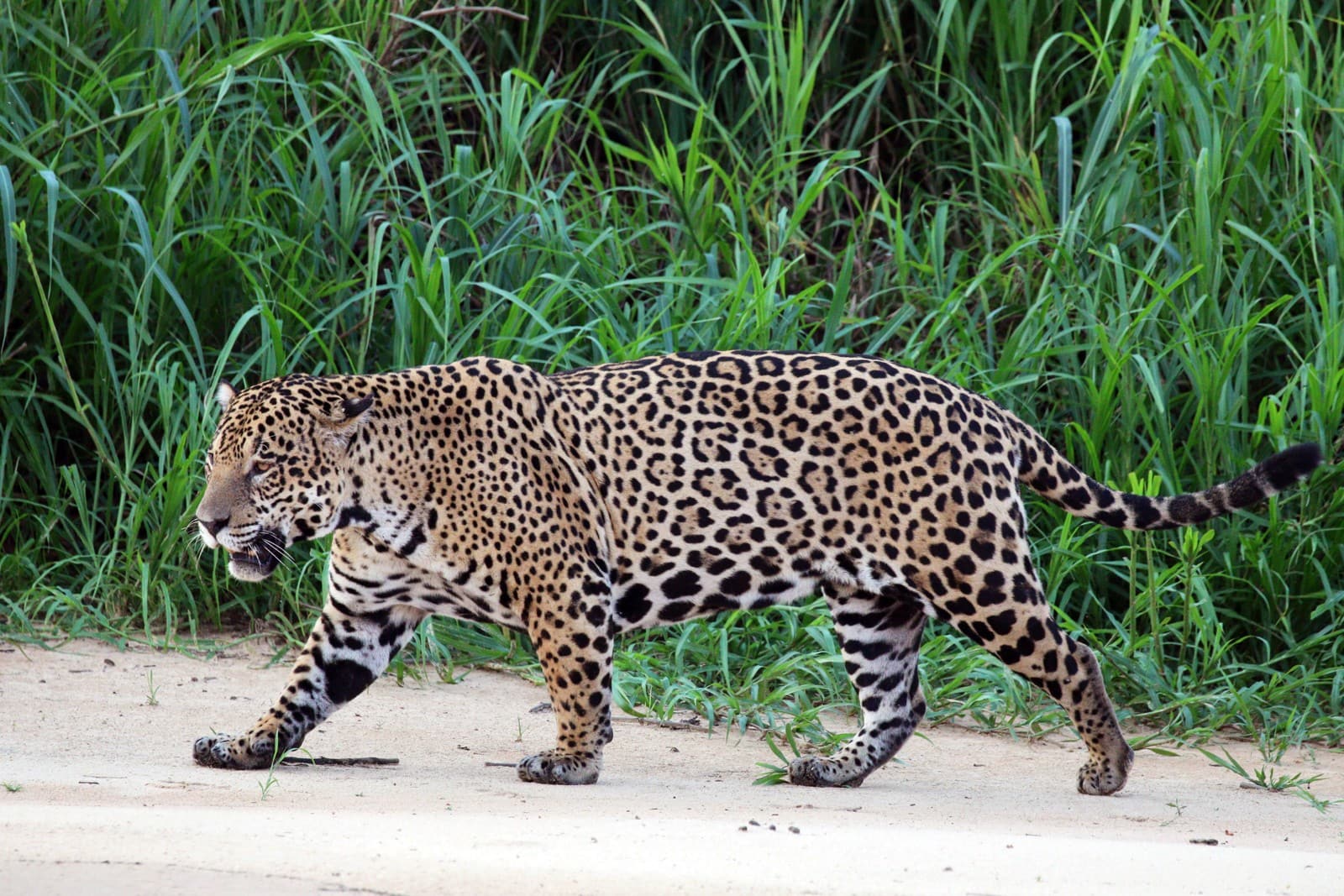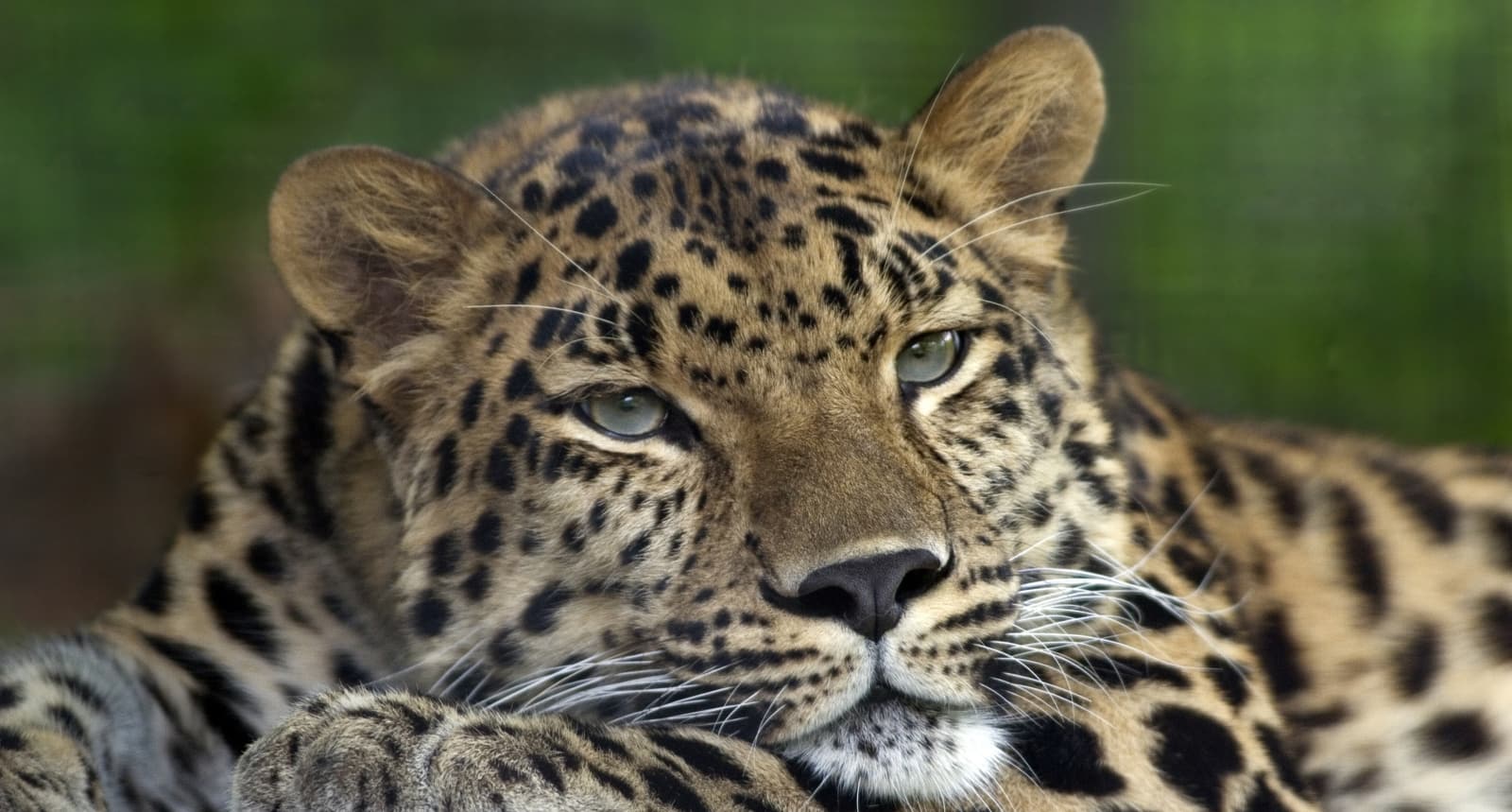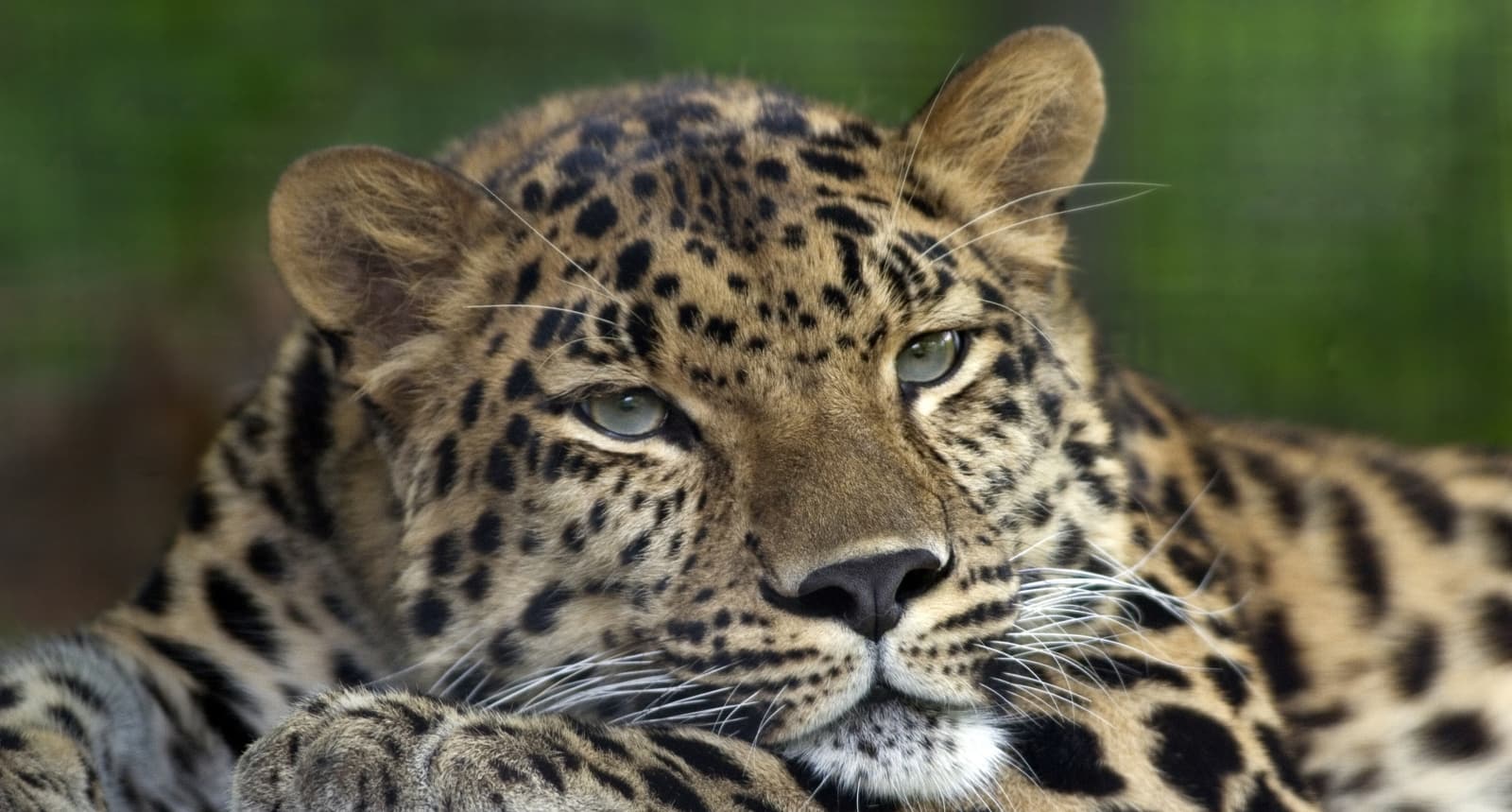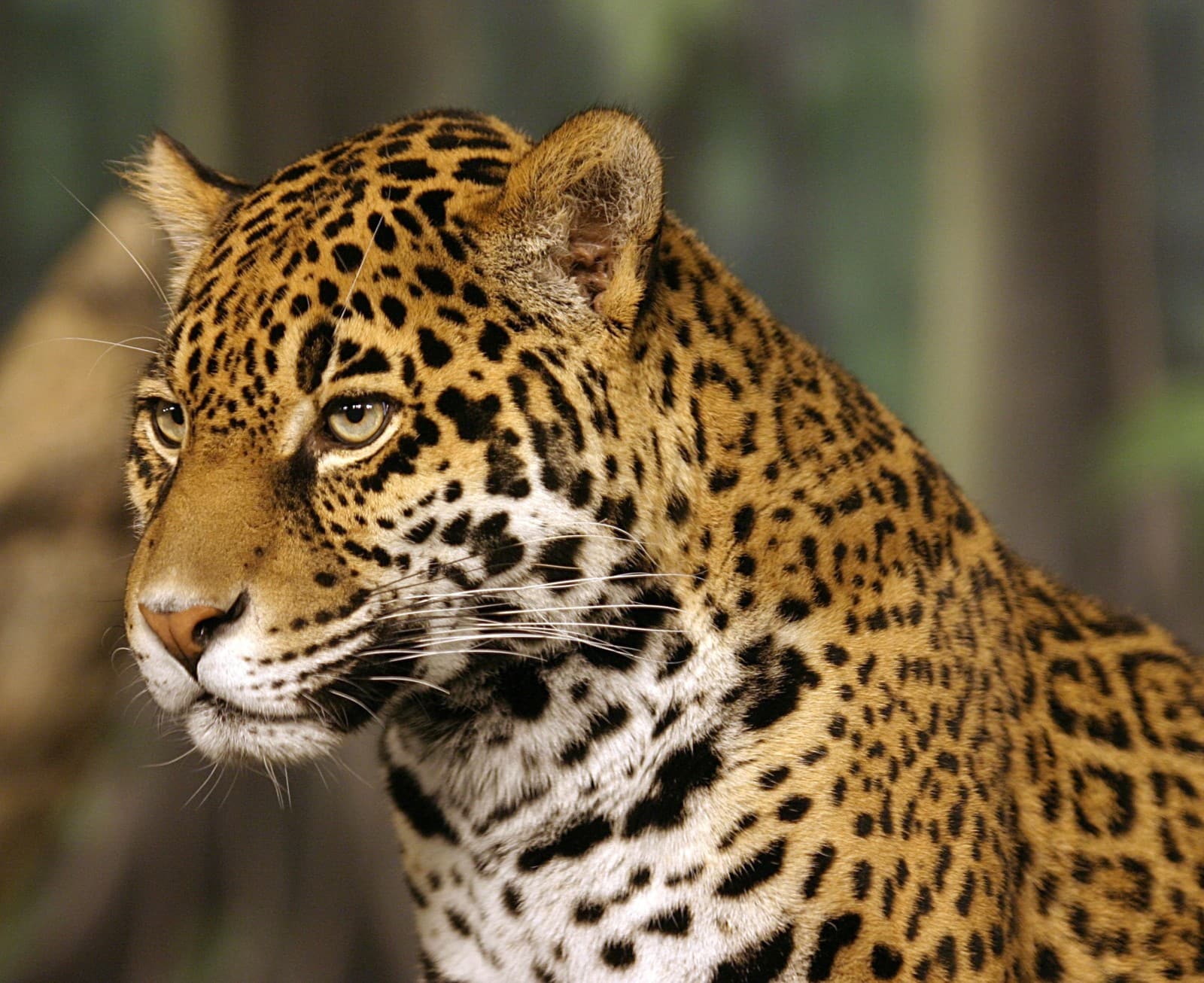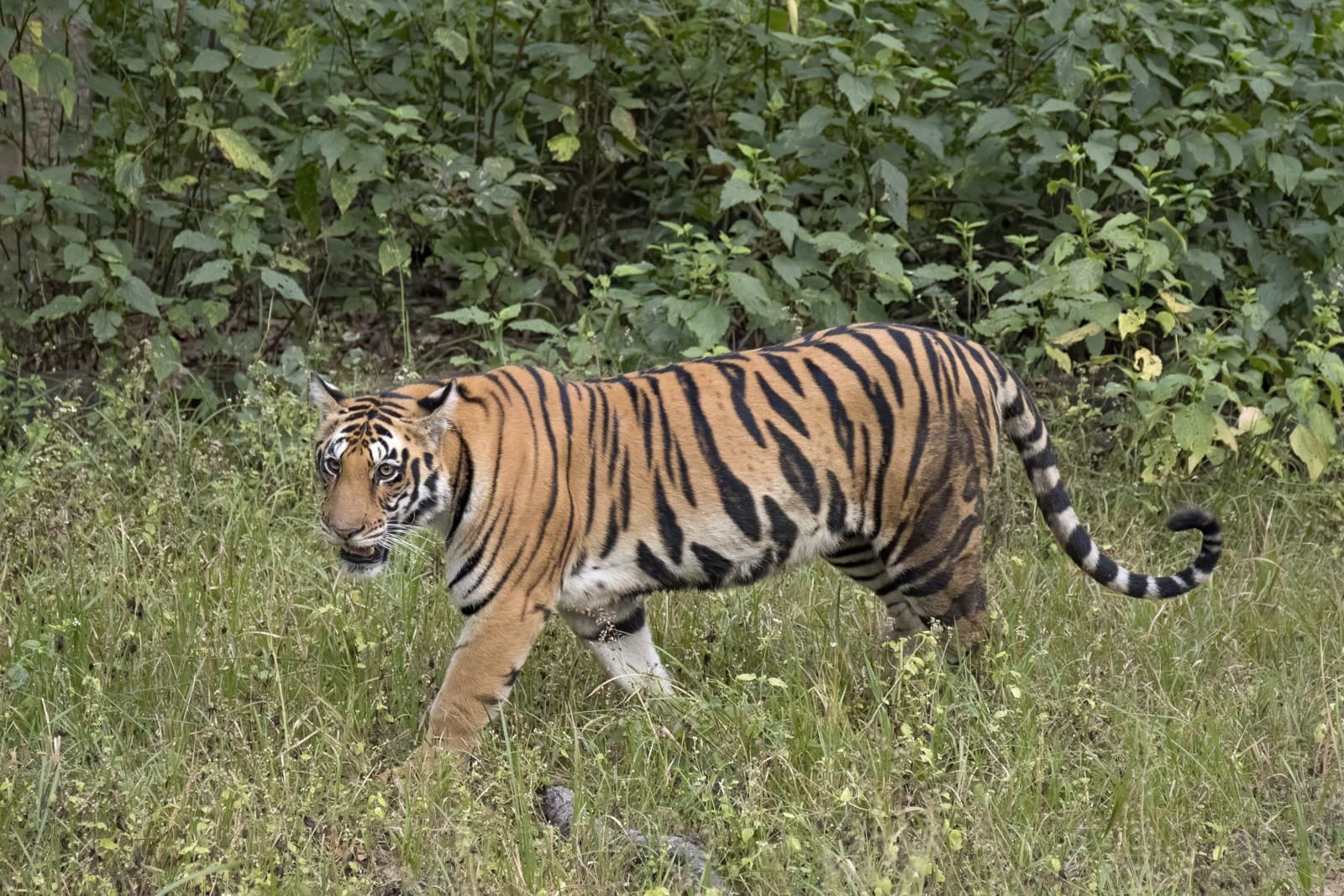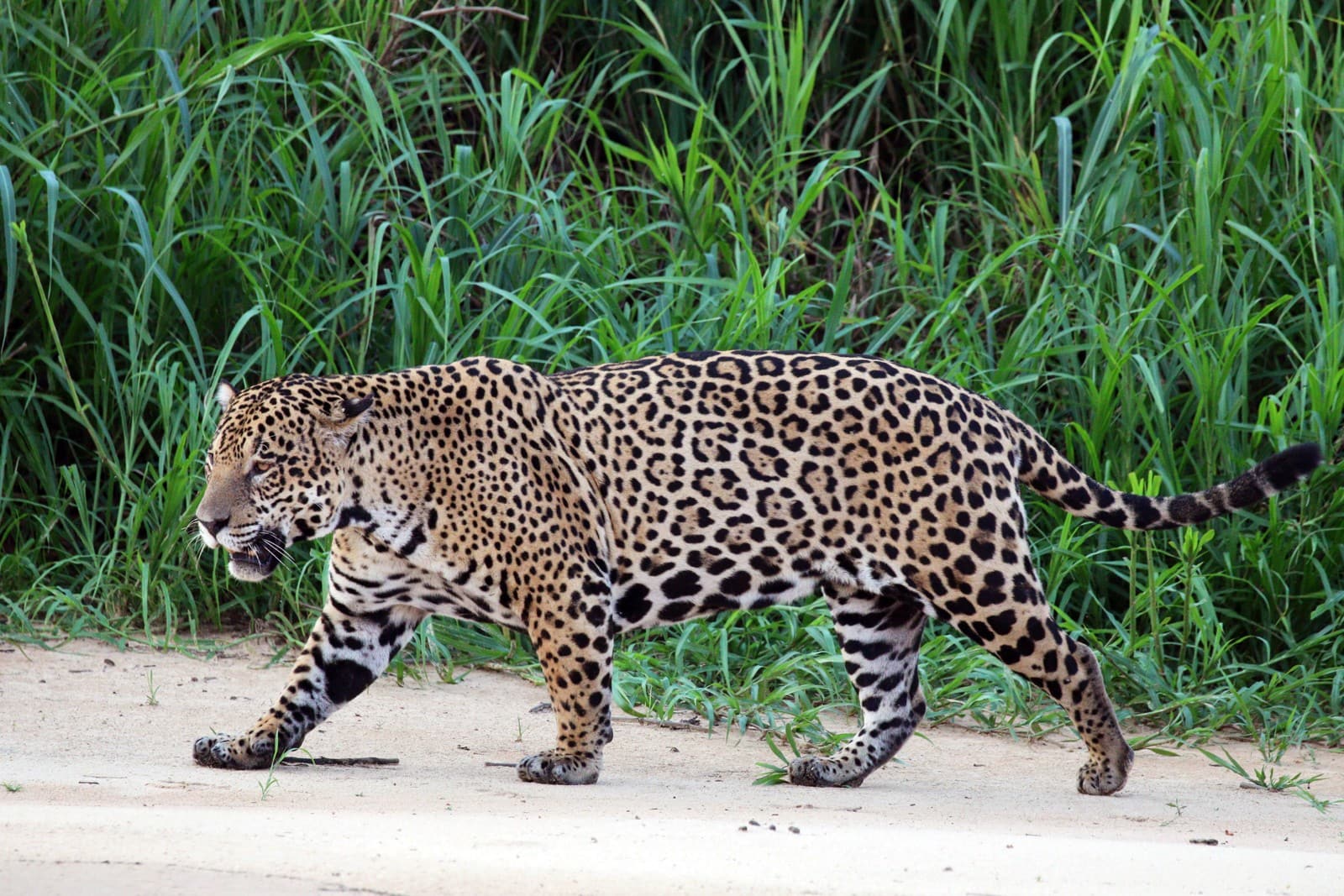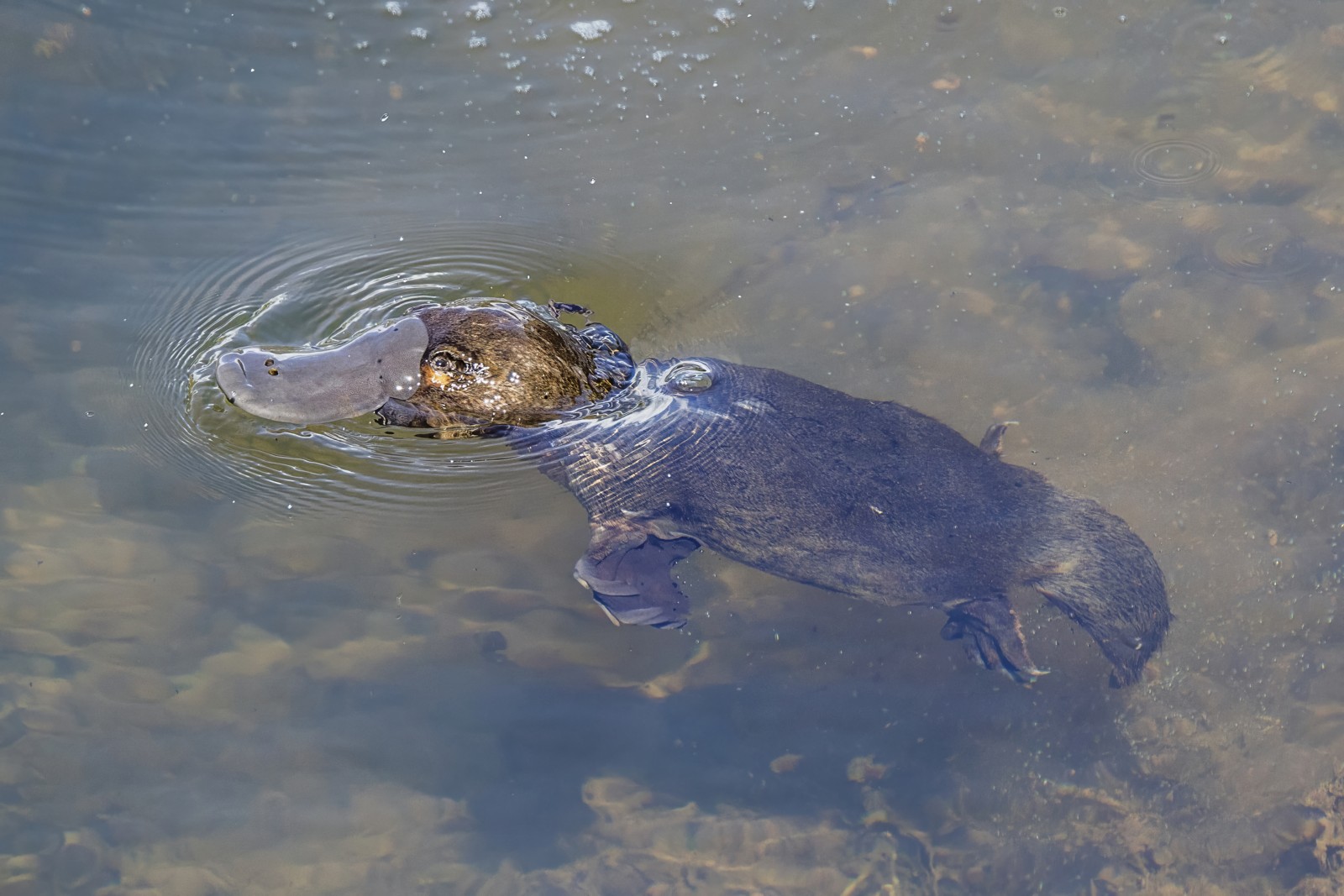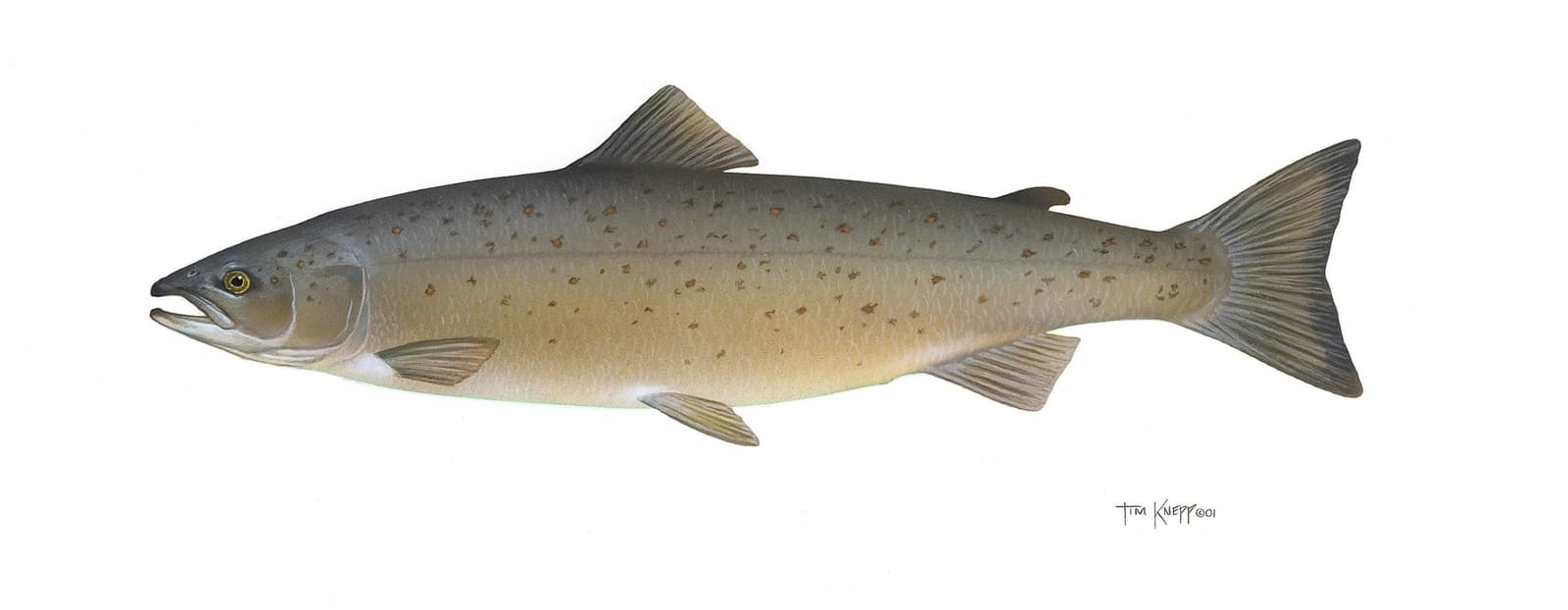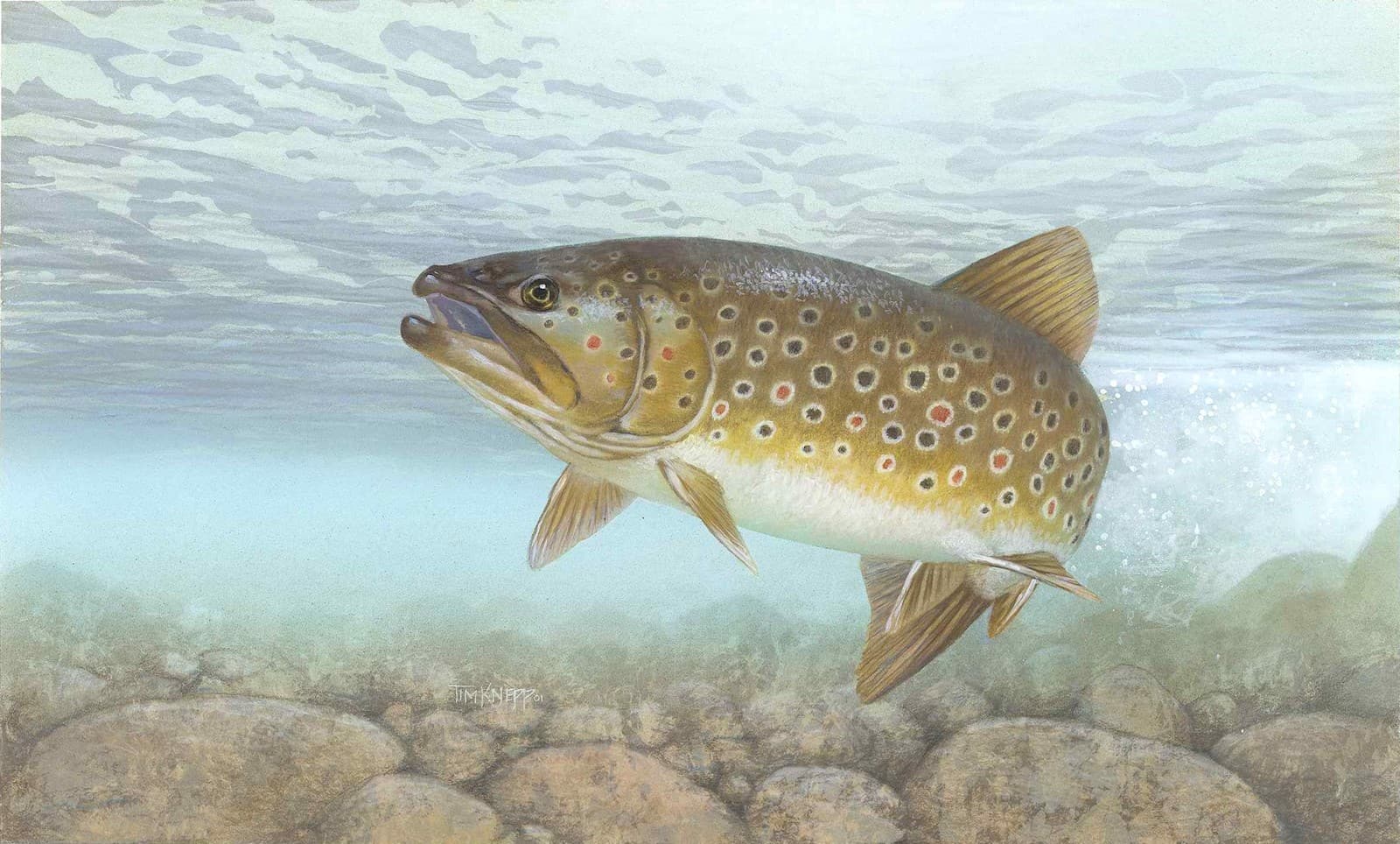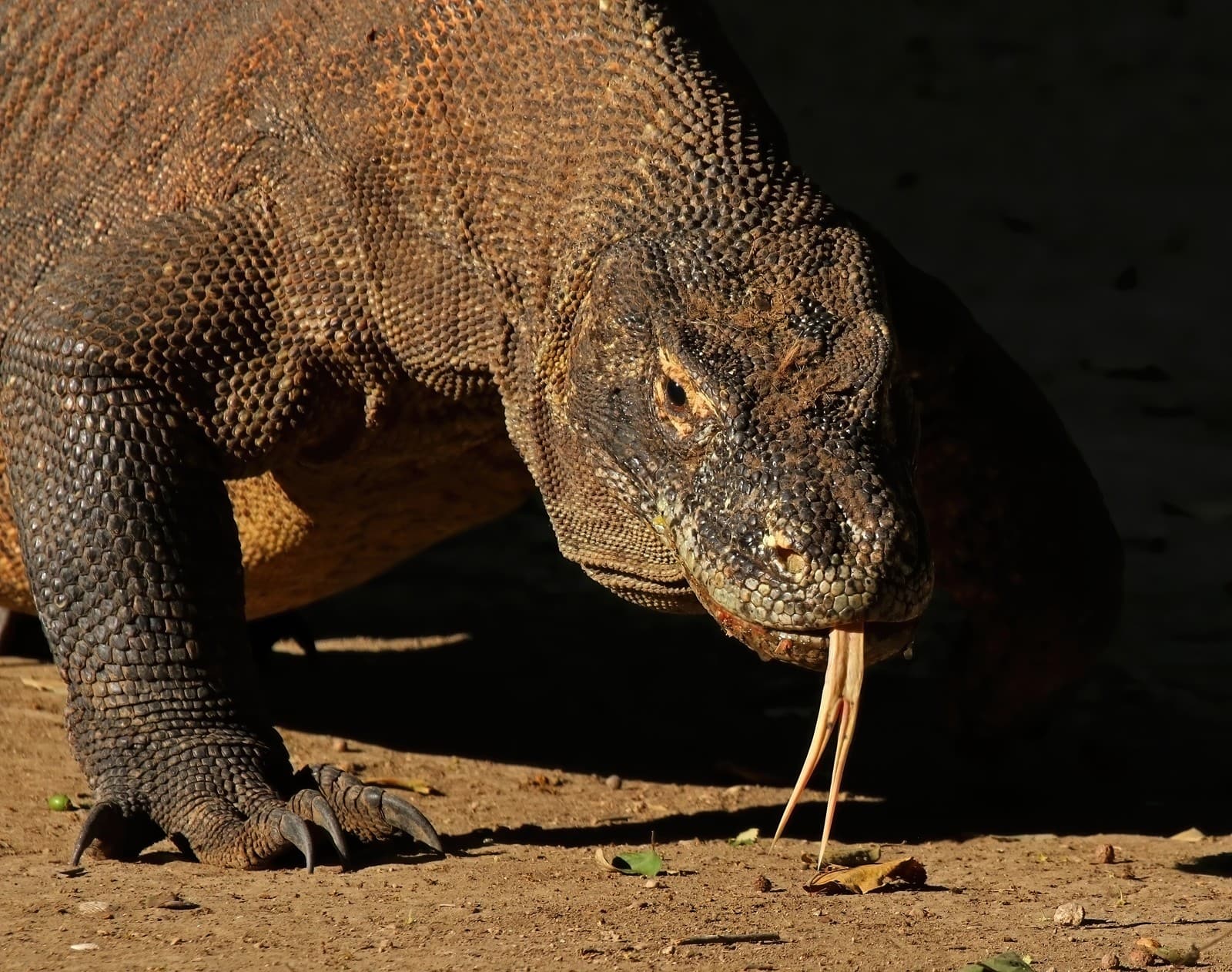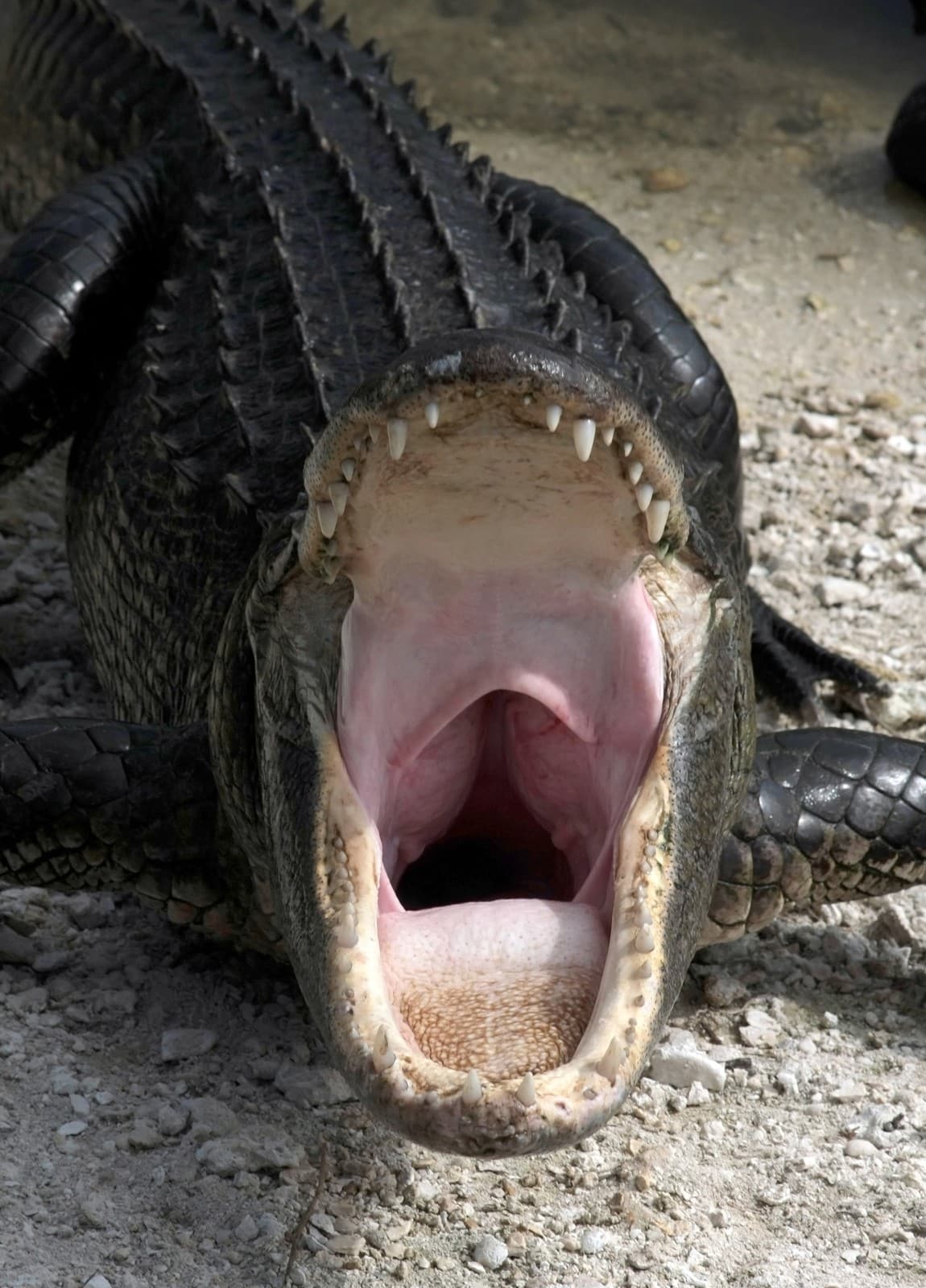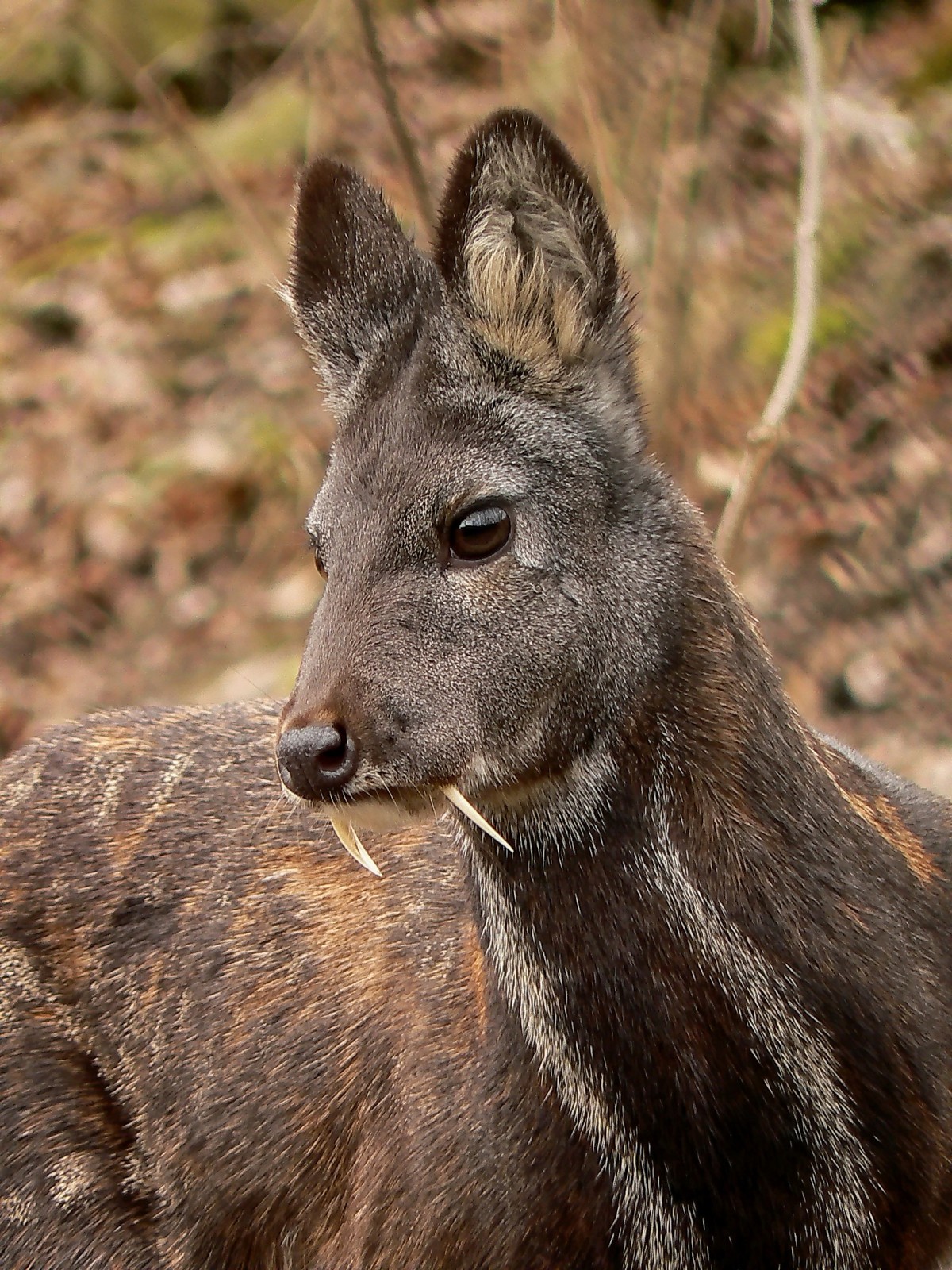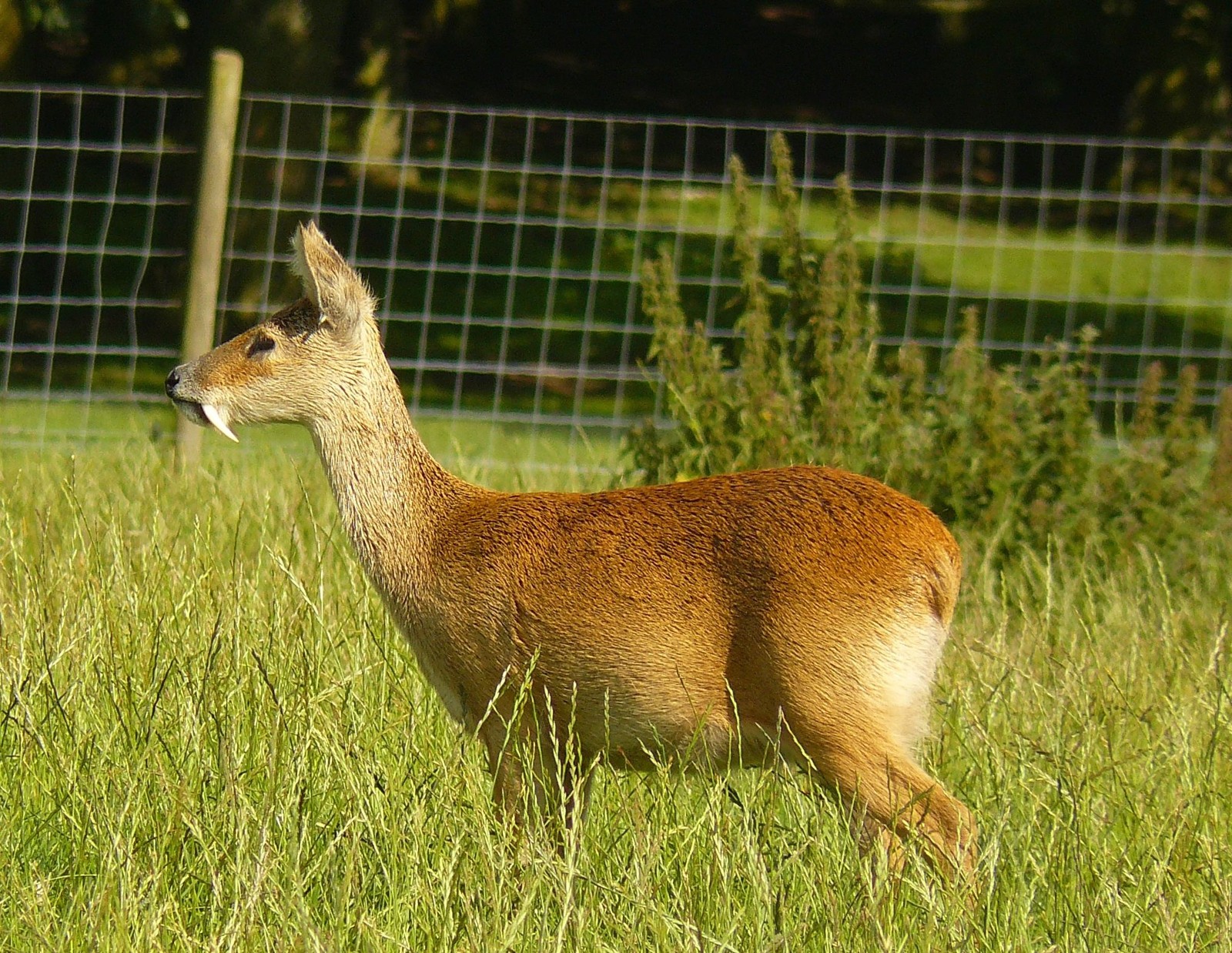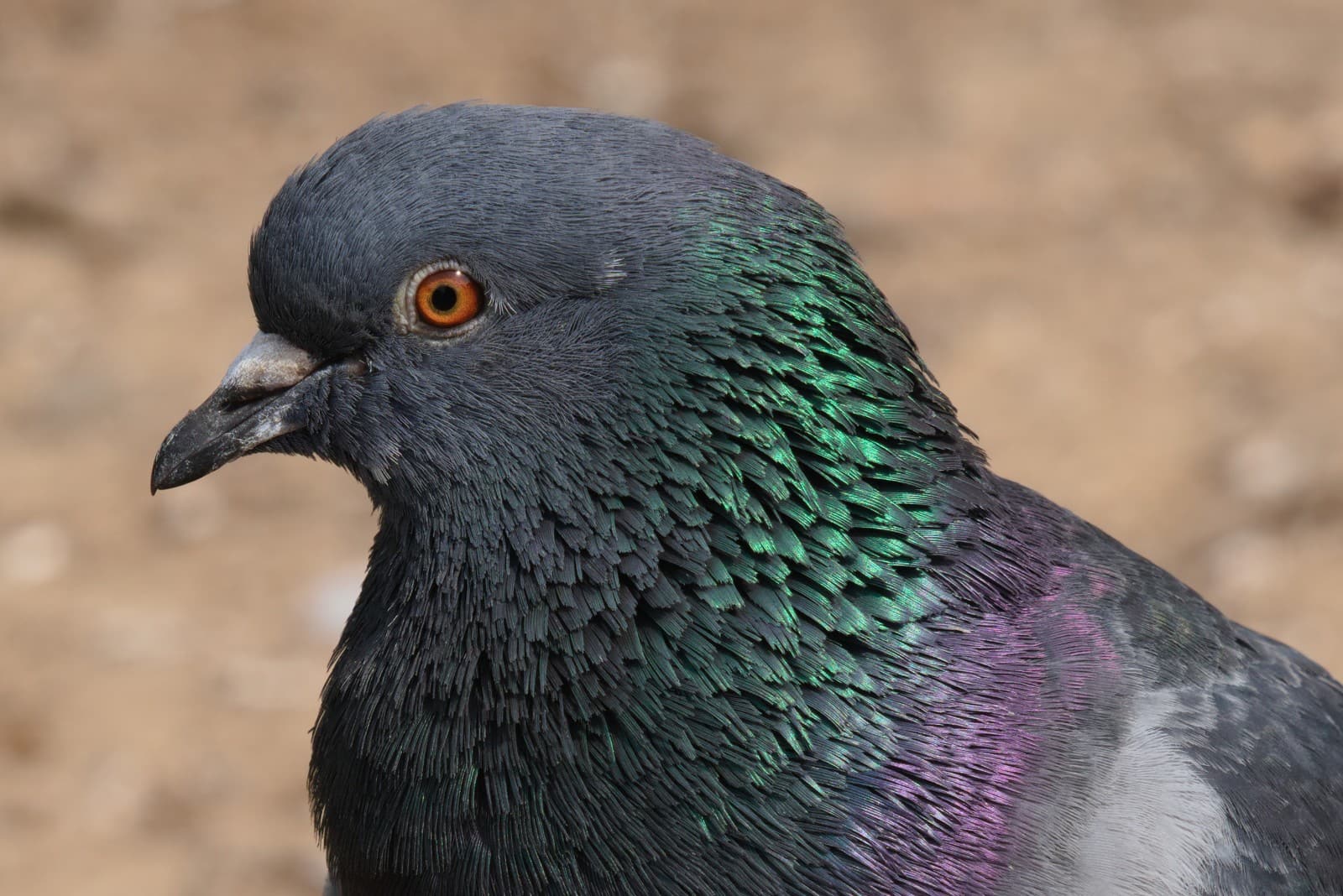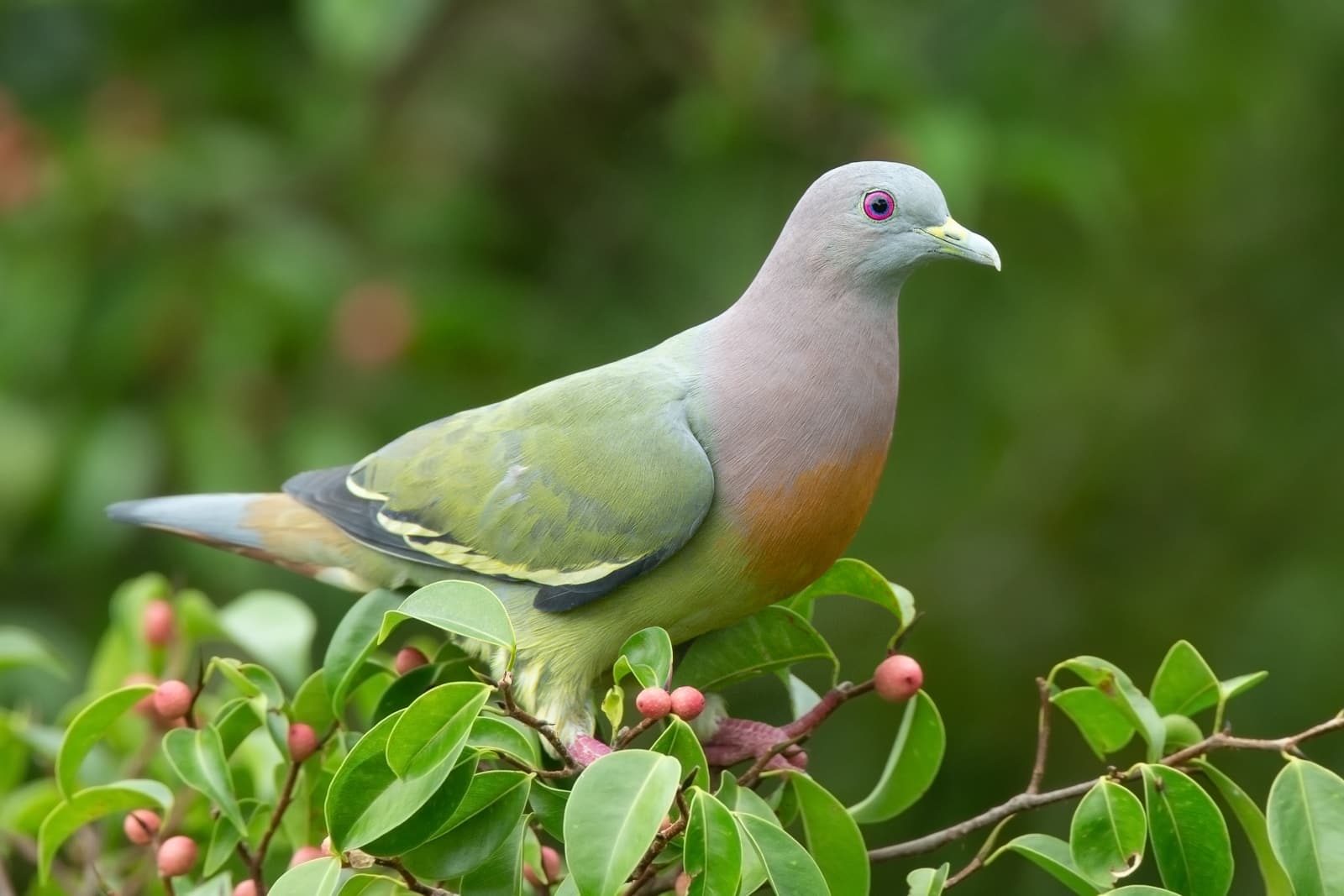Leopard vs Jaguar: A Complete Comparison
While leopards and jaguars may appear similar at first glance, these magnificent big cats have distinct characteristics that set them apart. The most notable difference between leopard vs jaguar is size and build - jaguars are significantly more robust, weighing 120-300 pounds (54-136 kg), while leopards typically weigh 60-198 pounds (27-90 kg). Jaguars also possess the strongest bite force of any big cat, capable of crushing turtle shells and crocodilian skulls.
These spotted predators evolved to dominate different continents - leopards primarily inhabit Africa and parts of Asia, while jaguars reign supreme in the Americas. Their hunting strategies, physical characteristics, and habitat preferences have adapted to their respective environments over millions of years.
Visual Comparison
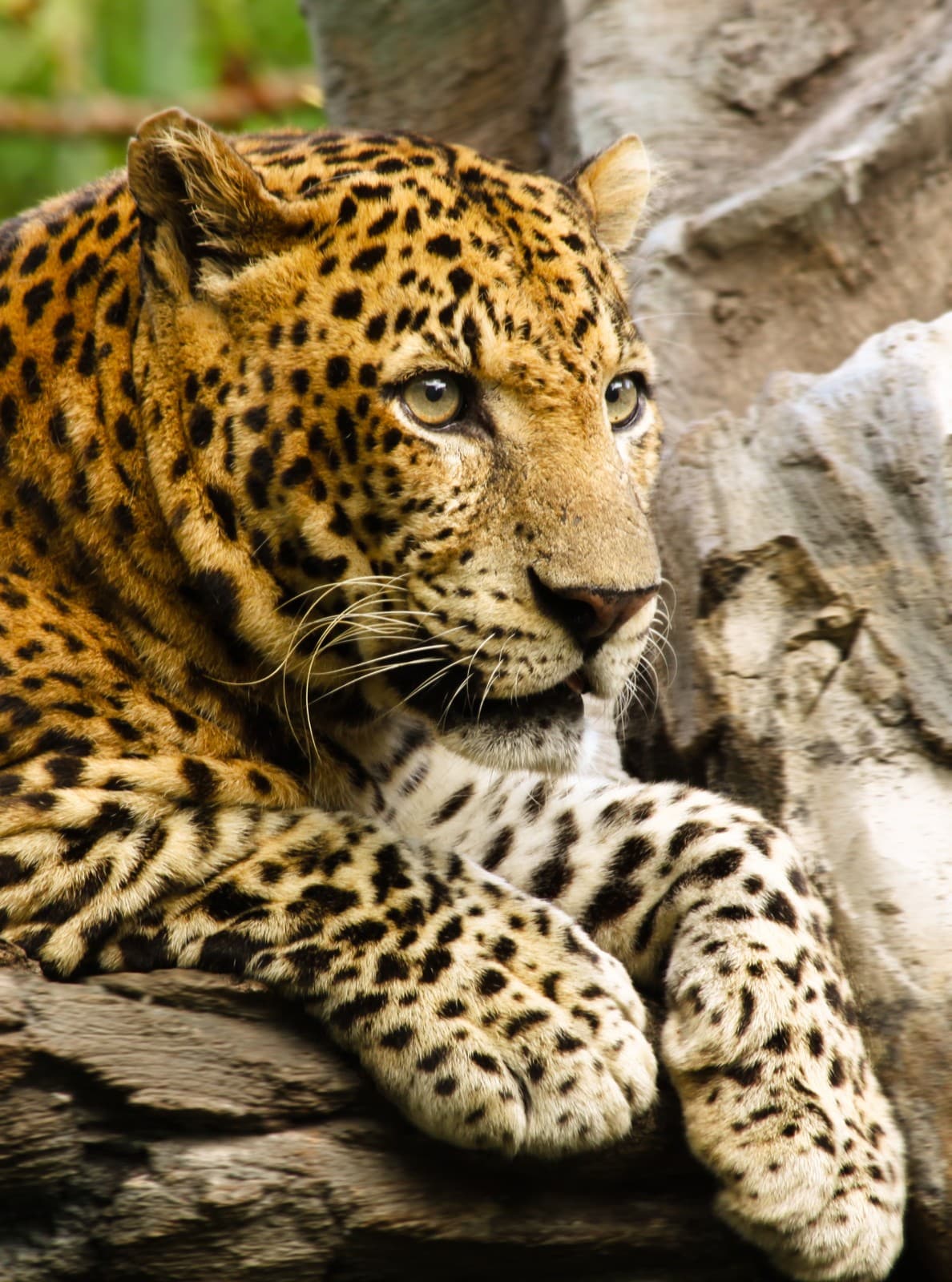
© tropicaLiving / CC BY-SA 3.0
The leopard’s coat features smaller, more densely packed rosettes without central spots. Note the sleeker build and longer tail, adaptations that make it exceptionally agile in trees.
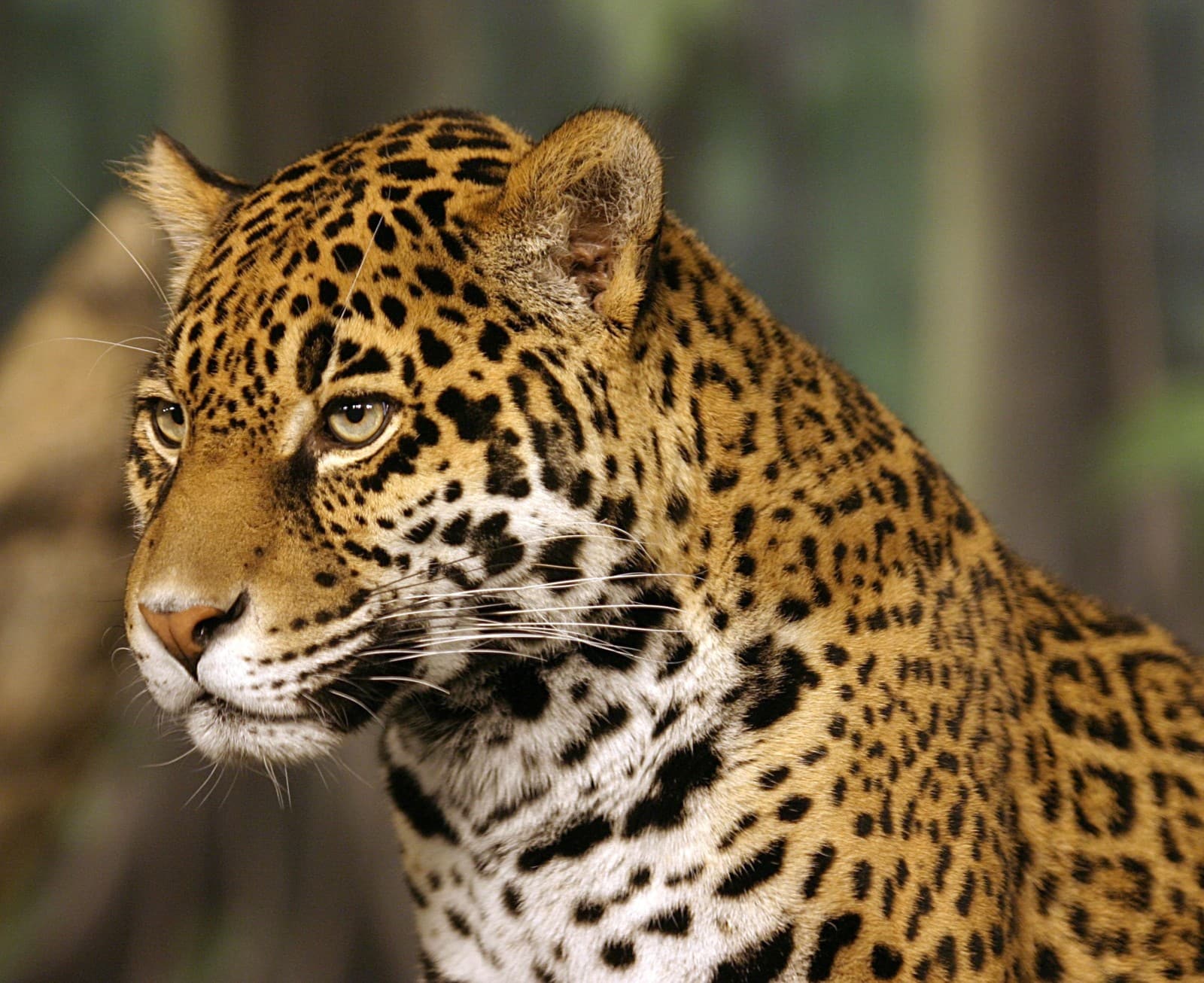
© Cburnett at English Wikipedia / CC BY-SA 3.0
The jaguar displays larger rosettes with central spots and a more muscular head and jaw. Their stockier build and shorter tail reflect their evolution as powerful swimmers and crush-bite specialists.
Key Differences: Leopard vs Jaguar
| Feature | Leopard | Jaguar |
|---|---|---|
| Size | 60-198 lbs (27-90 kg) | 120-300 lbs (54-136 kg) |
| Rosette Pattern | Smaller, no central spots | Larger, with central spots |
| Habitat | Africa, Asia | Central and South America |
| Hunting Style | Stealth and suffocation | Powerful bite to skull/spine |
| Build | Sleeker, longer tail | Stockier, shorter tail |
| Bite Force | 300-310 PSI | 1,500 PSI |
Habitat and Distribution
Leopards demonstrate remarkable adaptability, thriving in diverse environments from African savannas to Asian rainforests and even snow-covered mountains. They’ve mastered the art of survival in human-modified landscapes, often living on the outskirts of cities.
Jaguars, conversely, are creatures of the Americas, ranging from Mexico to northern Argentina. They show a strong preference for tropical and subtropical environments, particularly near water sources. Unlike leopards, jaguars have been less successful at adapting to human encroachment.
Hunting Techniques and Prey
The hunting strategies of these big cats reflect their evolutionary adaptations. Leopards are renowned for their stealth and strength, often hoisting prey twice their body weight into trees to avoid competition. They employ a suffocation bite to the throat, a common technique among big cats.
Jaguars utilize a unique killing method, delivering a powerful bite to the skull or spine of their prey. Their exceptional bite force allows them to tackle prey other big cats avoid, including caimans, anacondas, and adult capybaras. They’re also accomplished swimmers, regularly hunting in and around water.
Who Would Win in a Fight?
While such encounters would never occur naturally due to geographic separation, analysis of physical capabilities suggests the jaguar would likely prevail in a direct confrontation. Their superior size, stronger bite force, and more robust build give them significant advantages. However, it’s important to note that both species are apex predators perfectly adapted to their respective environments.
Conservation Status and Threats
Both species face significant challenges from habitat loss and human conflict. Leopards have lost 75% of their historic range, while jaguars have disappeared from 40% of their former territory. Conservation efforts focus on protecting corridors between fragmented habitats and reducing human-wildlife conflict.
Key threats include:
- Habitat fragmentation
- Poaching for fur and body parts
- Conflict with livestock farmers
- Depletion of prey species
- Urban expansion
Understanding the distinctions between leopards and jaguars helps appreciate their unique roles in their ecosystems and the importance of preserving both species for future generations.
